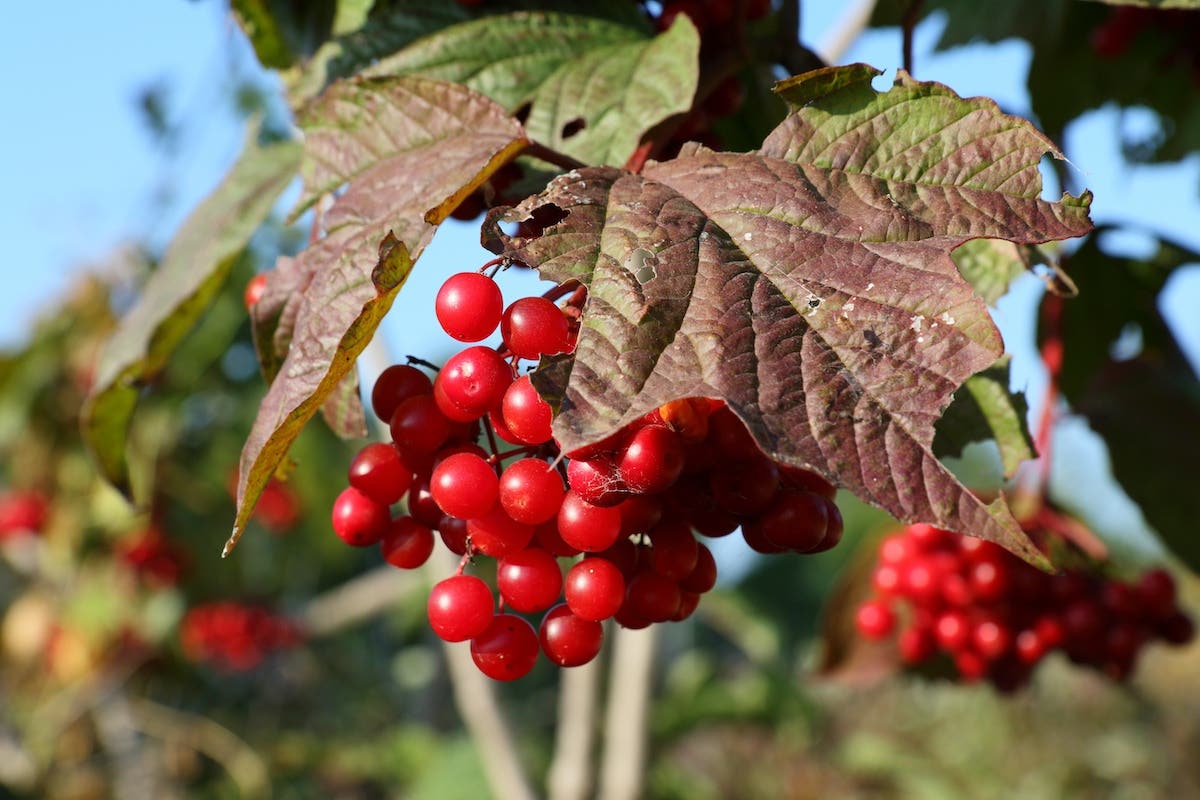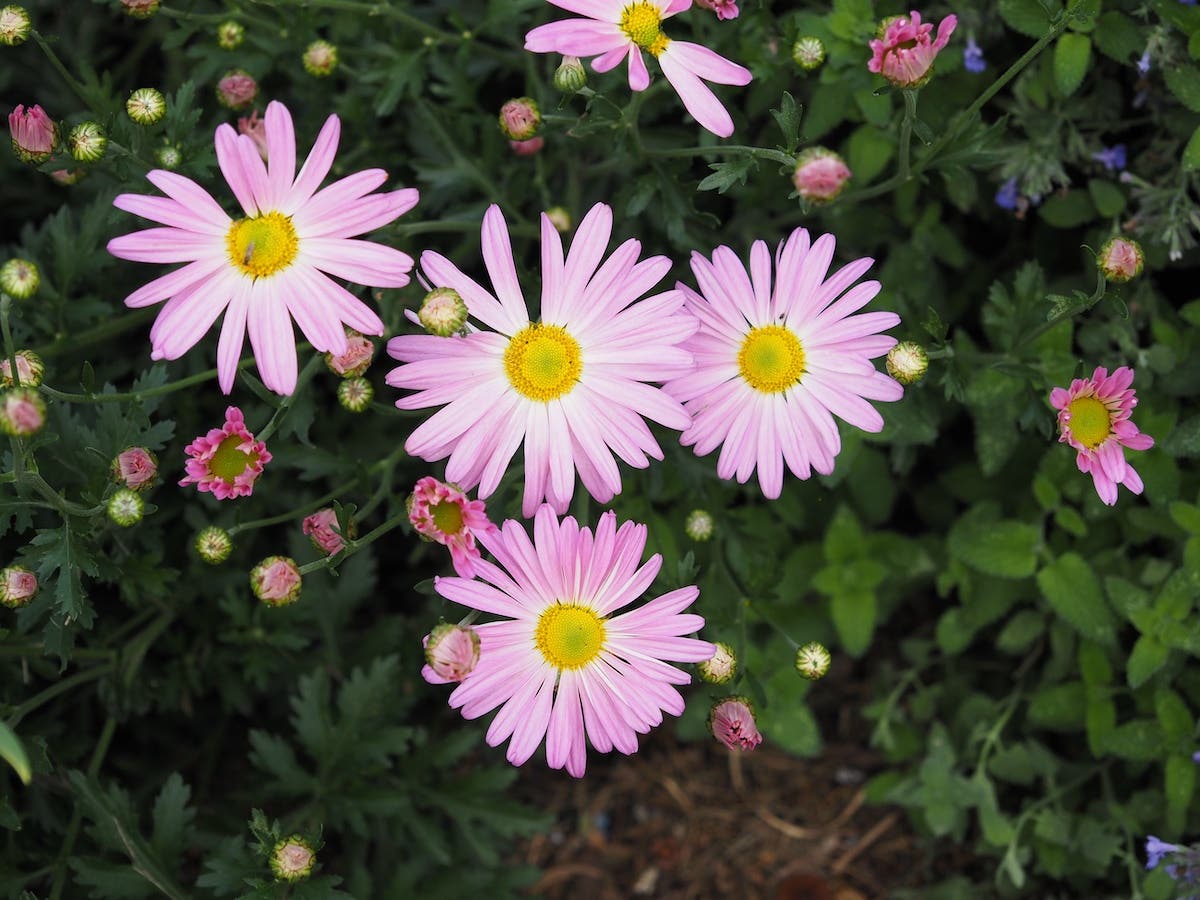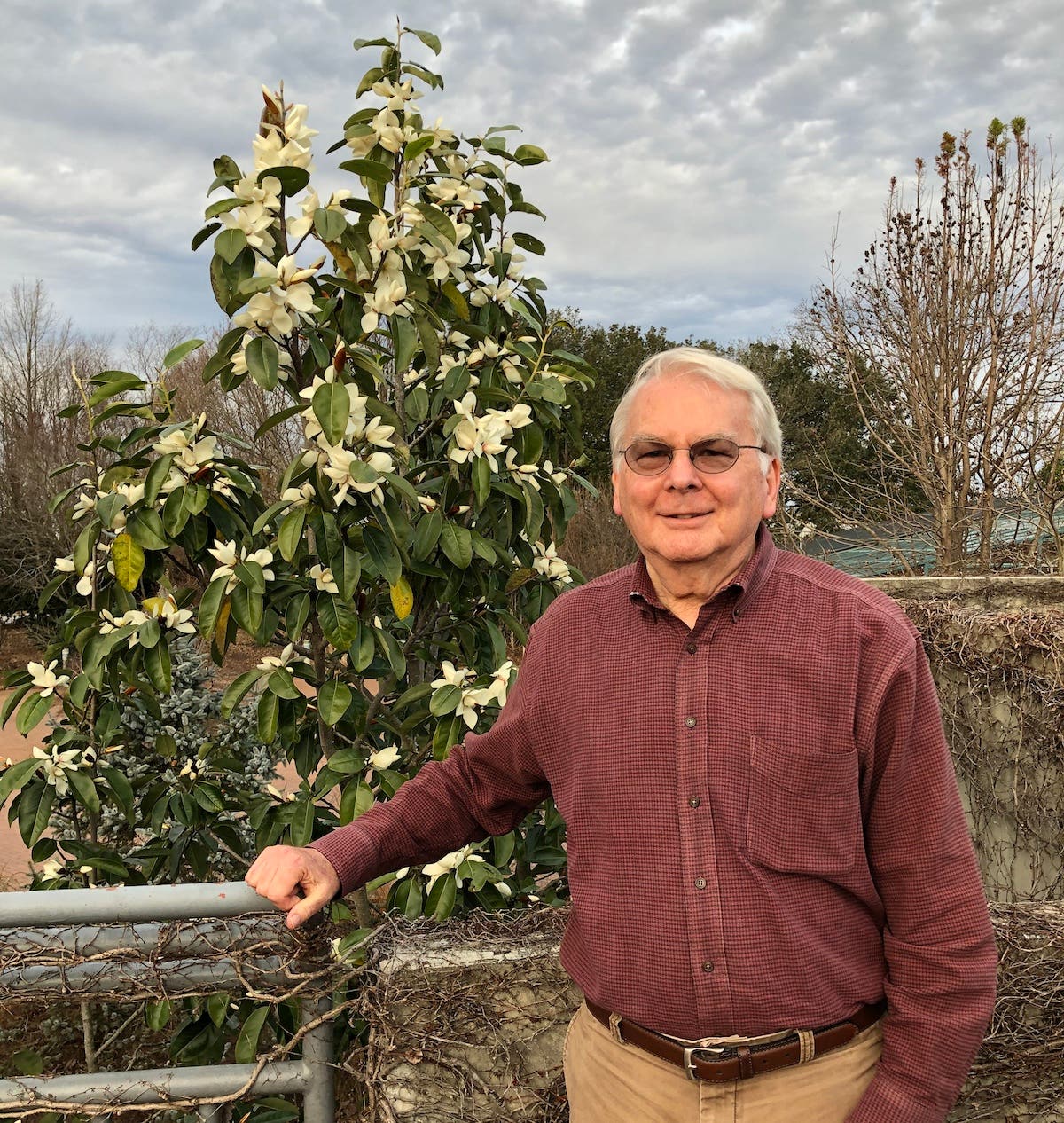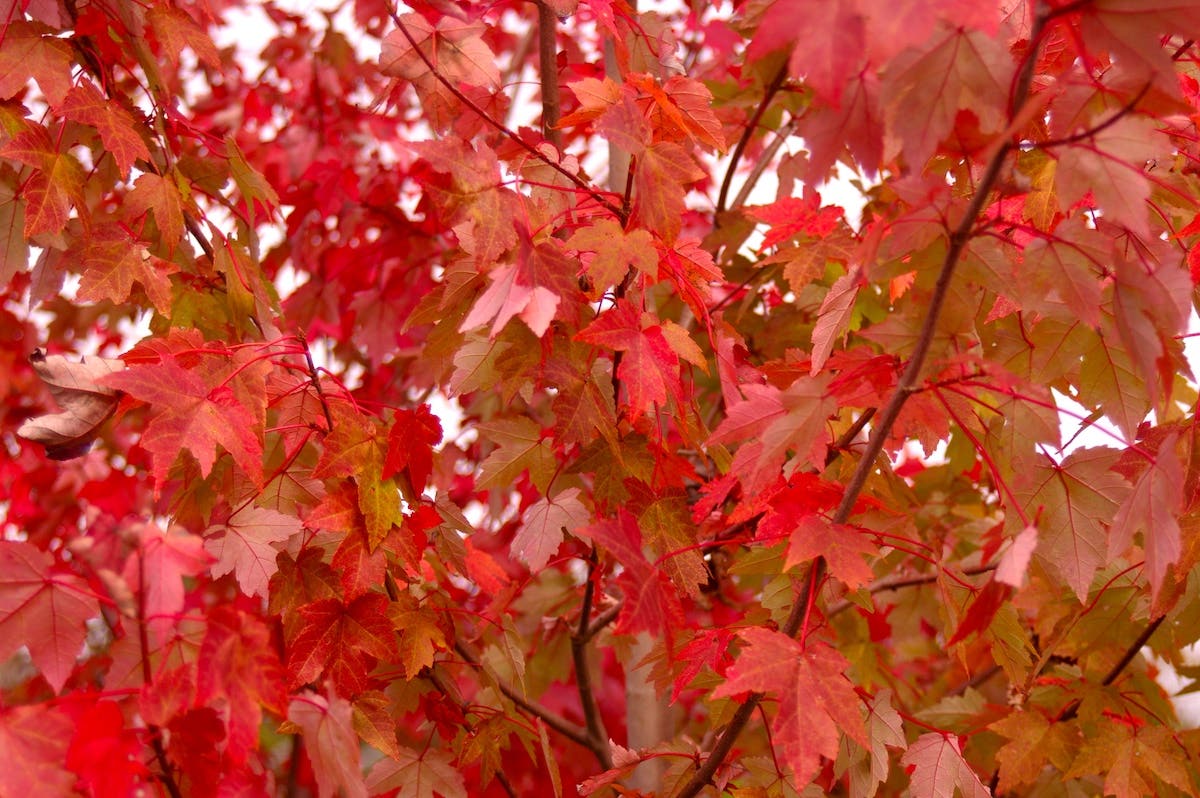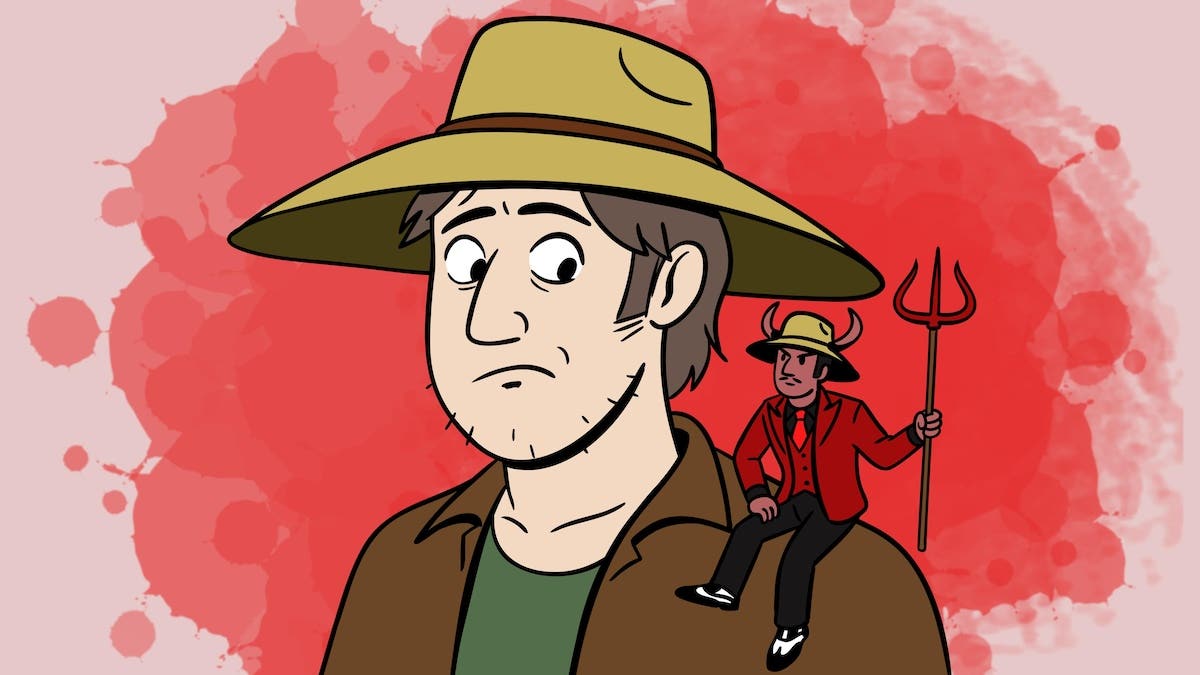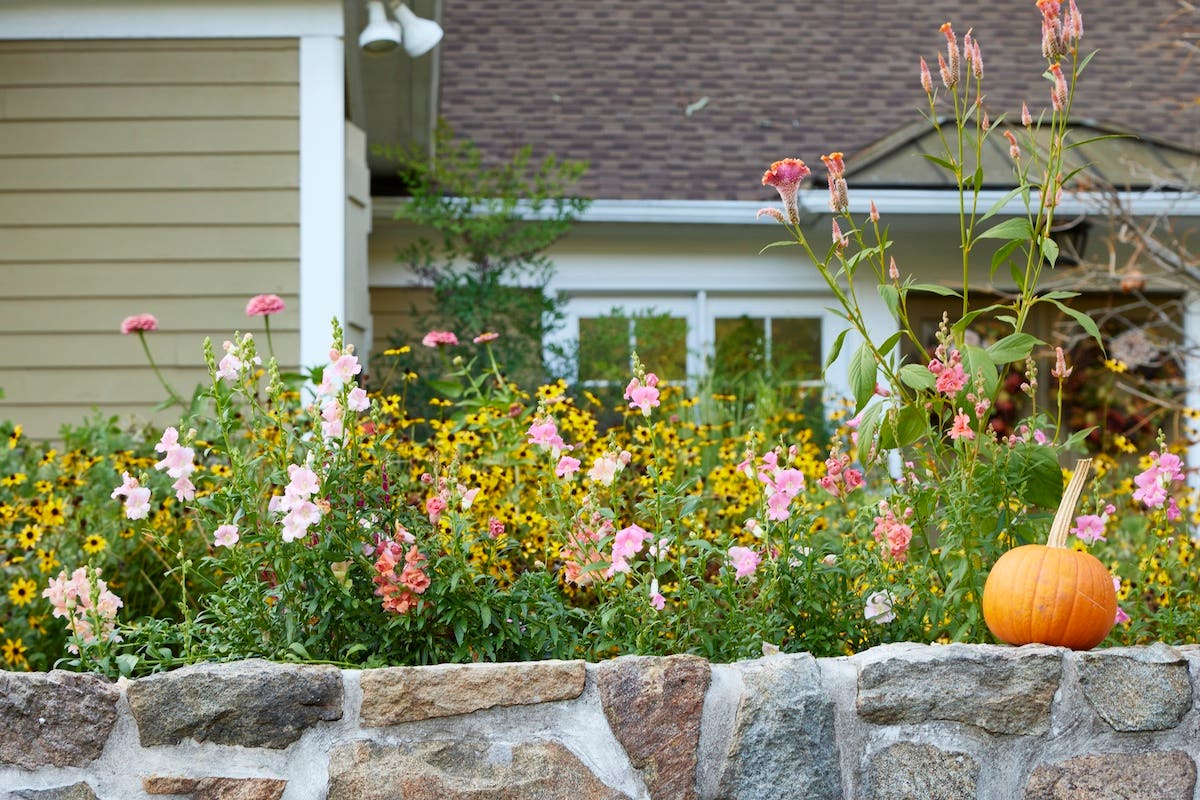Perennial Edibles
Depending on your climate, there are many plants that will return yearly and often with an increased harvest. 1. Asparagus: Plant in early spring and keep the bed weed free….
Depending on your climate, there are many plants that will return yearly and often with an increased harvest.
1. Asparagus: Plant in early spring and keep the bed weed free. Harvest lightly the next year, a little more the third and then have at it after that. One of the wonderful things about asparagus is that it is often the first veggie to come out of the garden.
2. Horseradish: This intense root can be quite invasive in the home garden. It’s best to plant it in a large container, and place that on some flat stones so the roots can’t escape. Seriously, we shut down a horseradish bed 4 years ago, and it’s still growing. Horseradish tastes best if it gets a little frost.
3. Sunchokes: What smells like chocolate, looks like a small sunflower and you can eat the tuber? Also known as Jerusalem Artichokes, this tall, beautiful plant could be grown just for ornamental purposes. The root is the part you eat and when picked fresh it has a lower inulin level than potatoes, a bonus for diabetics. The flavor is a cross between a raw potato and a water chestnut. We like them best in salads and stir frys.
4. Berries: Blackberries, strawberries, raspberries, blueberries, grapes and even cranberries can be grown for many years in home gardens. Blackberries and blueberries grow on bushes. Raspberries produce a cane one year that produces fruit the next and then dies off. Grapes grow on beautiful vines that are often found covering an arbor. Strawberries grow almost like a groundcover, sending out shoots with baby plants. With just a few plants to start you can soon have a very large strawberry bed. Cranberries also grow low to the ground, but prefer cooler temperatures. They can only be grown in zones 7 or lower. They take their time, too. You won’t see cranberries on plants less than 3 years old. Ours grow amongst the blueberries, helping to keep out weeds and enjoying the same acidic soil.
5. Perennial Onions: Also known as Walking Onions and Egyptian Onions, these early producers are grown more for the green tops than the white base. They can be pulled and used as scallions, but do this sparingly until the crop is well established. Perennial onions are also considered to be invasive in many areas.
6. Rhubarb: I’ve never known anyone who was ambivalent about this tart edible- either they love it or they hate it. We, of course, love it. Rhubarb is a real survivor, too. It can take a beating and still come back the following year. The stalks are best when cut small, and remember to never harvest more than 1/3 of the plant at any time. It’s like pruning, a little at a time is best.
There are other perennials you can put into your home garden, such as kiwi, lovage, prickly pears and many herbs. Add in fruit trees—oh my, now don’t get me started.
—Gardening Jones is a master gardener and writer from Pennsylvania.
_____________________________________________________________
Browse the selection of discounted popular vegetable-gardening books and other veggie resources at GardenersHub.com.


